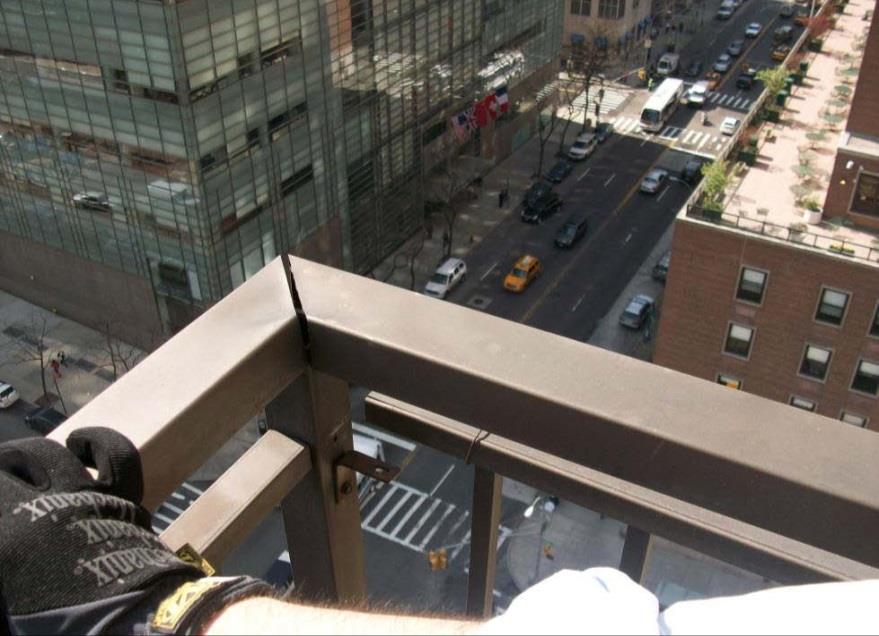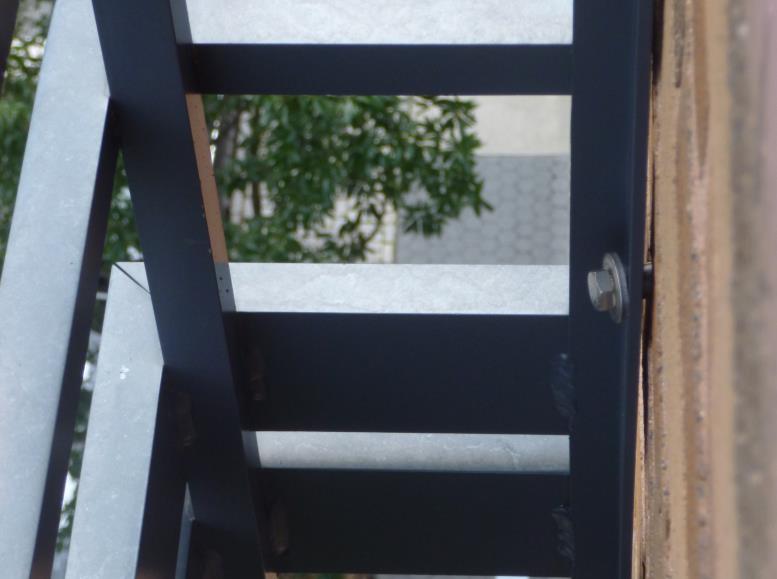Better Safe Than Sorry: 5 Ways to Prepare Your Building for a FISP Inspection
November 12, 2017
No building is in perfect condition, particularly in a city as old as New York. Issues from minor maintenance to major damage are often present. Even new buildings are not immune. New York City’s “Façade Inspection & Safety Program” (FISP), previously known as Local Law 11, requires that owners of buildings higher than six stories must have exterior walls and appurtenances inspected every five years and that a technical façade report must be electronically filed with the Department of Buildings through DOB NOW: Safety.
An inspection is vital in uncovering building issues that often can be invisible to the untrained eye. While it may be a time-consuming experience that can, at times, seem intrusive, owners will receive a report about the condition of the building in the ultimate interest of making it as safe as possible for tenants, staff and passers-by. The report will also determine whether the Building requires remedial work to comply with Periodic Inspection of Exterior Walls and Appurtenances of Buildings (RCNY103-04) and obtain the coveted classification of SAFE.
Recently, HLZA conducted a survey of FISP inspectors. Based on their responses, the following are a few suggestions for preparatory building maintenance useful to undertake before an on-site inspection occurs:
1. Building History: Provide and make available any information about the building’s age, construction and subsequent additions and alterations.
2. Maintain accurate and thorough records of the building: Keep a comprehensive documentation of your building. This will aid in a realistic evaluation. These records should include all exterior repairs done in the past with all required and acquired permits. HLZA suggests documenting the building in a digital format. Also make sure to include drawings as a form of reference.
3. Housekeeping & Accessibility: Make sure that all areas of the building are accessible. Remove any stored items or debris to allow the inspector safe access to spaces such as balconies, roofs, terraces and fire escapes. The inspector may need to photograph your building for the inspection report, so clearing the clutter and moving any miscellaneous items from the access/egress areas will also be helpful. Beware of fire escape clutter including flower pots, debris, communications equipment, and air conditioners. Removal of these items will allow the inspection to flow smoothly and help to avoid minor infractions that might impact the classification or timeliness of the report. Please note, that in the eyes of the DOB, even a flower pot on a fire escape or balcony railing can render a building unsafe.
4. Hardware: All hardware should be present, well-attached, and operational. This includes communications equipment – satellite dish and cable antenna connections. Exterior fixtures should be properly installed and securely anchored to the building. Window air-conditioning units should be verified by building staff and installed with either an exterior bracket or interior angle. Building management, personnel and residents must verify that the future installation of window mounted units complies with applicable codes and regulations.
5. The Inspection: Once the inspector has arrived, it is recommended that the Superintendent accompany him or her during the inspection of the property. This is also an excellent opportunity to learn more about the building from a specialist’s point of view. In addition to addressing any inspection concerns, the inspector can also answer any building or code-specific questions that arise.
Recommended Articles
Sorry, we couldn't find any posts. Please try a different search.

